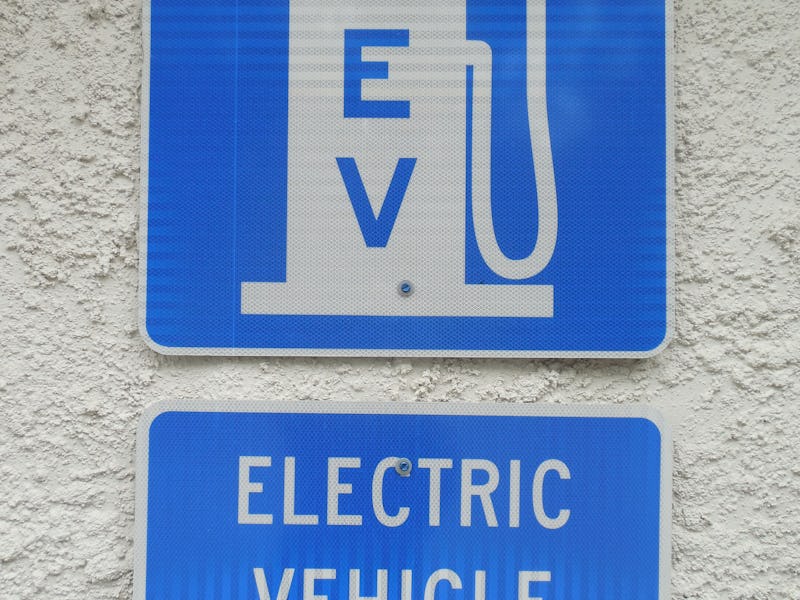How the Feds Will Make Charging Your Electric Car Easier
"We have a duty to help drivers identify routes that will help them refuel."

The federal government wants to make it easier for people across the United States to drive around in electric vehicles, and it announced on Thursday that it’s establishing an 85,000-mile-long network of “alternative fuel” corridors across 35 states to help realize that goal. Soon finding a place to charge an electric car will be just as easy as finding the nearest gas station to fill up a traditional vehicle’s tank.
“Alternative fuels and electric vehicles will play an integral part in the future of America’s transportation system,” U.S. Transportation Secretary Anthony Foxx said. “We have a duty to help drivers identify routes that will help them refuel and recharge those vehicles and designating these corridors on our highways is a first step.”
The Federal Highway Administration (FHWA) said the network will tell drivers where electric, hydrogen, or other alternative fuel-powered vehicles can be refueled using signs that resemble existing markers for gas stations, places to eat, and rest stops.
That might not seem like much, but signs like these could help put alternative energy on the same level as gasoline:
These corridors are part of the White House’s plan to spark electric vehicle adoption in the United States. That requires the government to fix two key problems: Convincing people to buy electric vehicles, and making sure they keep their vehicles instead of going back to gasoline when they trade their car in.
Range anxiety is a big contributor to both issues. People want to know that buying an electric vehicle won’t limit how far they can drive, and until wireless charging or solar powered cars debut, that means they’ll rely on charging stations.
Which is doable: Tesla plans to have one of its cars take a road trip from Los Angeles to New York in 2017 without a human driver. That’s going to require not only advanced self-driving tech, but also a network of charging stations that spans the country. Tesla likely knows where all these stations are, but not everyone will have that same knowledge.
These signs could help change that. So can the establishment of more charging stations. The U.S. Department of Energy said there are roughly 15,000 public stations across the country; the White House wants to build even more by 2020. Together these projects might help convince the American public to give electric vehicles a fair chance.
Hybrid Cars reported in September that Americans purchased 500,000 plug-in cars (hybrid vehicles and fully-electric cars) between 2008 and August 2016. While that puts the United States just behind Europe in overall sales, it also means there’s a way to go until electric vehicles dominate American roads.
FHWA said that U.S. drivers used nearly 72 billion gallons of gasoline in the first half of 2016 and drove a cumulative 3.15 trillion miles last year. Inverse reached out to the agency for comment and will update this piece if they respond. For now, it’s clear that the federal government wants to cut down on that gasoline consumption. Today it’s via signs that help electric vehicle drivers find stations; what will it be tomorrow?